Comparison of battery solutions for hearing aid devices
This white paper is made based on the full life cycle assessment report prepared by Veronika Abraham, Joachim Aigner, Jonathan Klement, and Péter Gyenge from Ramboll Management Consulting.
Introduction
Signia commissioned Ramboll a/s to conduct a life cycle assessment (LCA) study in accordance with ISO standards 14040 and 14044 for two comparable hearing aid devices and their respective battery solutions, i.e. a primary, non-rechargeable battery and a secondary, rechargeable battery. The overall aim was to investigate and understand the environmental impacts of two comparable hearing aid devices with different battery solutions. The two products chosen for assessments are rechargeable Signia Augmented Xperience (AX) and non-rechargeable Signia AX.
Currently, LCA provides the best and most mature framework for assessing the potential environmental impacts of products. One of the most frequent applications of LCA studies is the comparison of specific goods or services. The investigation aims to answer the following three questions
- How much environmental impacts does the hearing aid device with rechargeable battery save/add in comparison with the hearing device with disposable battery?
- For the non-rechargeable hearing aid device, how much environmental impacts are contributed by the battery solution?
- For the rechargeable hearing aid device, how much environmental impacts are contributed by the battery, charging system, and electricity for charging?
The assessment is conducted our hearing aids based on the Signia Augmented Xperience (AX) platform. These devices represent the most recent design and innovation from Signia.
System Boundaries comprising the entire life cycle
In general, all life-cycle stages (cradle-to-grave) of investigated product systems are included in this study. However, life-cycle stages or certain processes that are identical for both options may be excluded from this comparative assertion. For the present study, system boundaries were defined for the two hearing aid device options and their batteries that allow for a comparison of the two systems and their equal function. In this context, incorporating the production processes, the use phases as well as the end-of-life scenarios for each option were essential. The principles in the system boundary conditions are shown in below graphic.
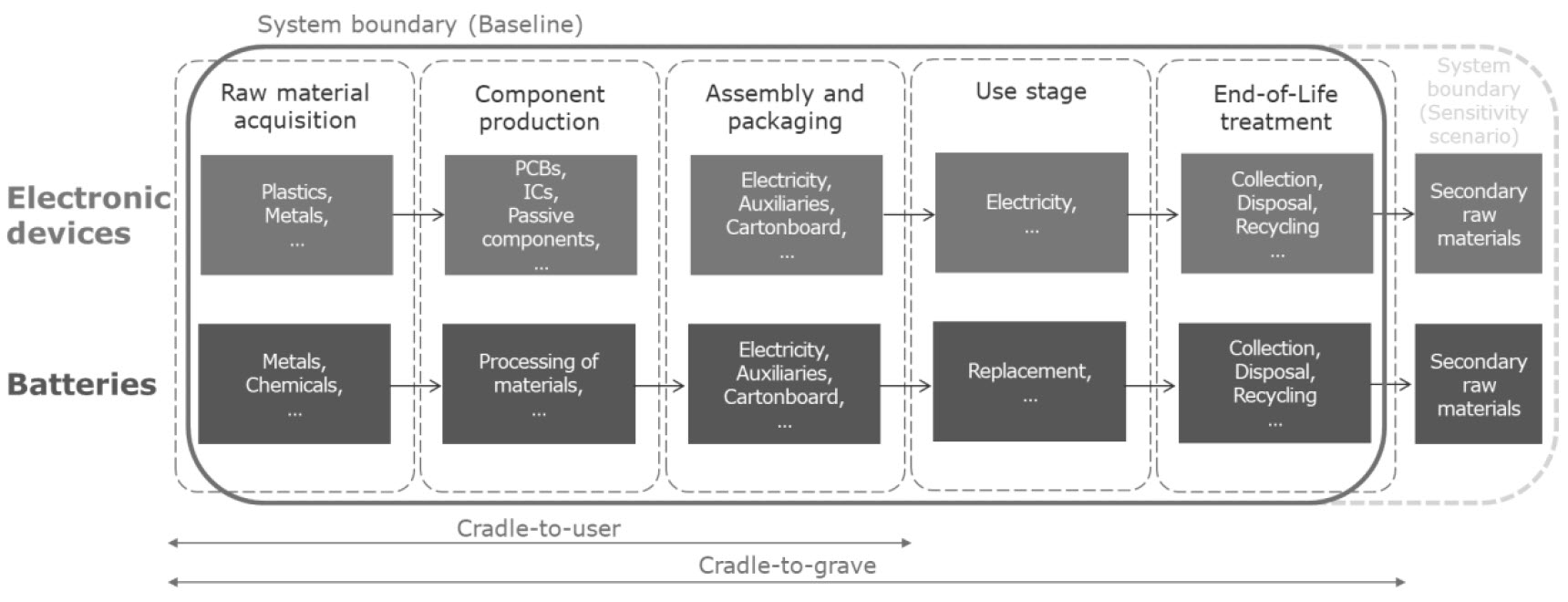
Certain areas were determined to be outside of system boundaries and therefore not taken into account:
- External Receiver Unit (ERU); Indirect materials; Other materials (e.g. gaskets, membranes), all of which are associated with the hearing aid devices
- Potential services during use phase (maintenance, repair, …)
Methodology for the quantification of Product-related data
As usually the case for comprehensive LCA studies, several assumptions need to be made for all parts of the analyzed systems (hearing aid devices, batteries, use phase, etc.) to allow for a meaningful and structured comparison in line with the goal of this assessment. The main assumptions underlying the functional units in this investigation are presented in table 1.
Table 1. Comparative Assertion remains very Stable over all assessed Sensitivity Scenarios.
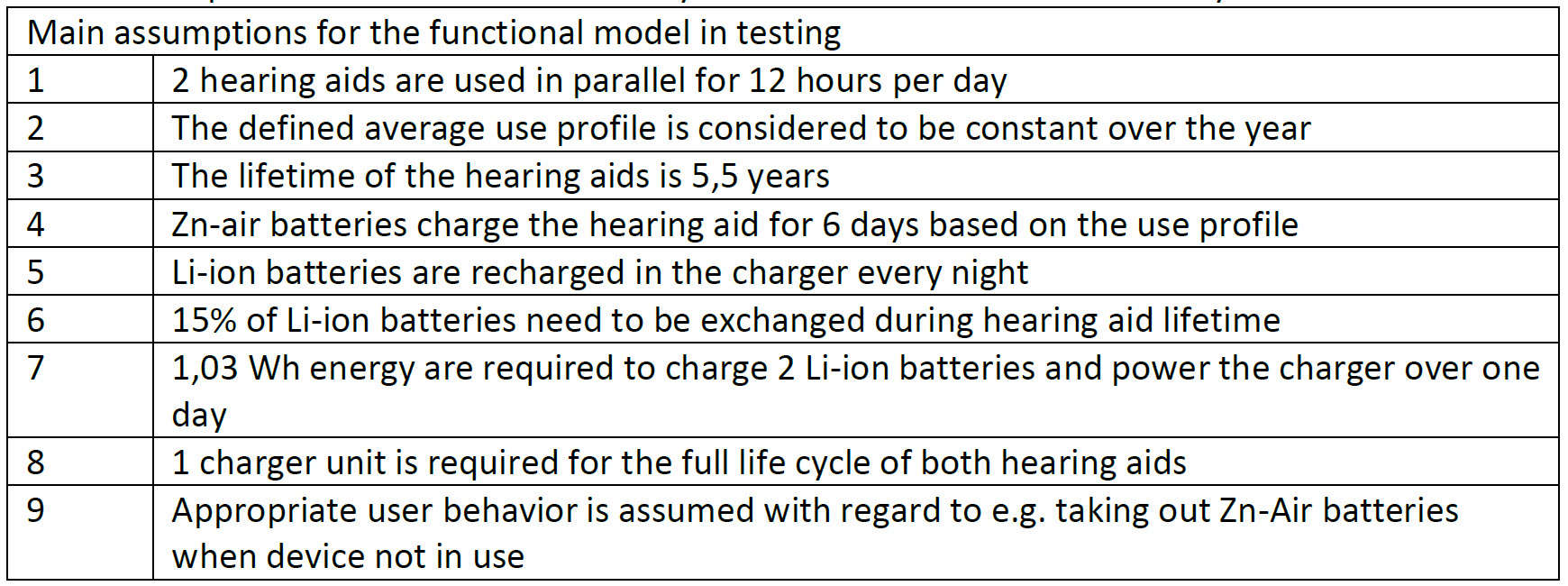
All the above assumptions and how they may impact the overall comparison are tested in dedicated sensitivity analysis. Based on the available information and the assumptions defined, the following functional unit is defined for the baseline comparison in this LCA:
“Use of two hearing aid devices for 12 hours per day with an average use profile over a period of 5.5 years in the EU-28.”
Life Cycle Assessment according to ISO 14040/44 follows defined flow and design ensure global validity and robustness of results:
- Data collection for hearing aid devices, charger unit, and batteries (i.e. foreground data)
- Foreground data (e.g. BOMs of devices or battery manufacturing data) are connected with LCA datasets (i.e. background data) in order to create an “environmental twin” of the production, use, and disposal of respective goods
- Conversion of environmental twins, consisting of quantified elementary flows, into communicable and comparable indicators (e.g. carbon footprint) by means of scientifically grounded assessment procedures
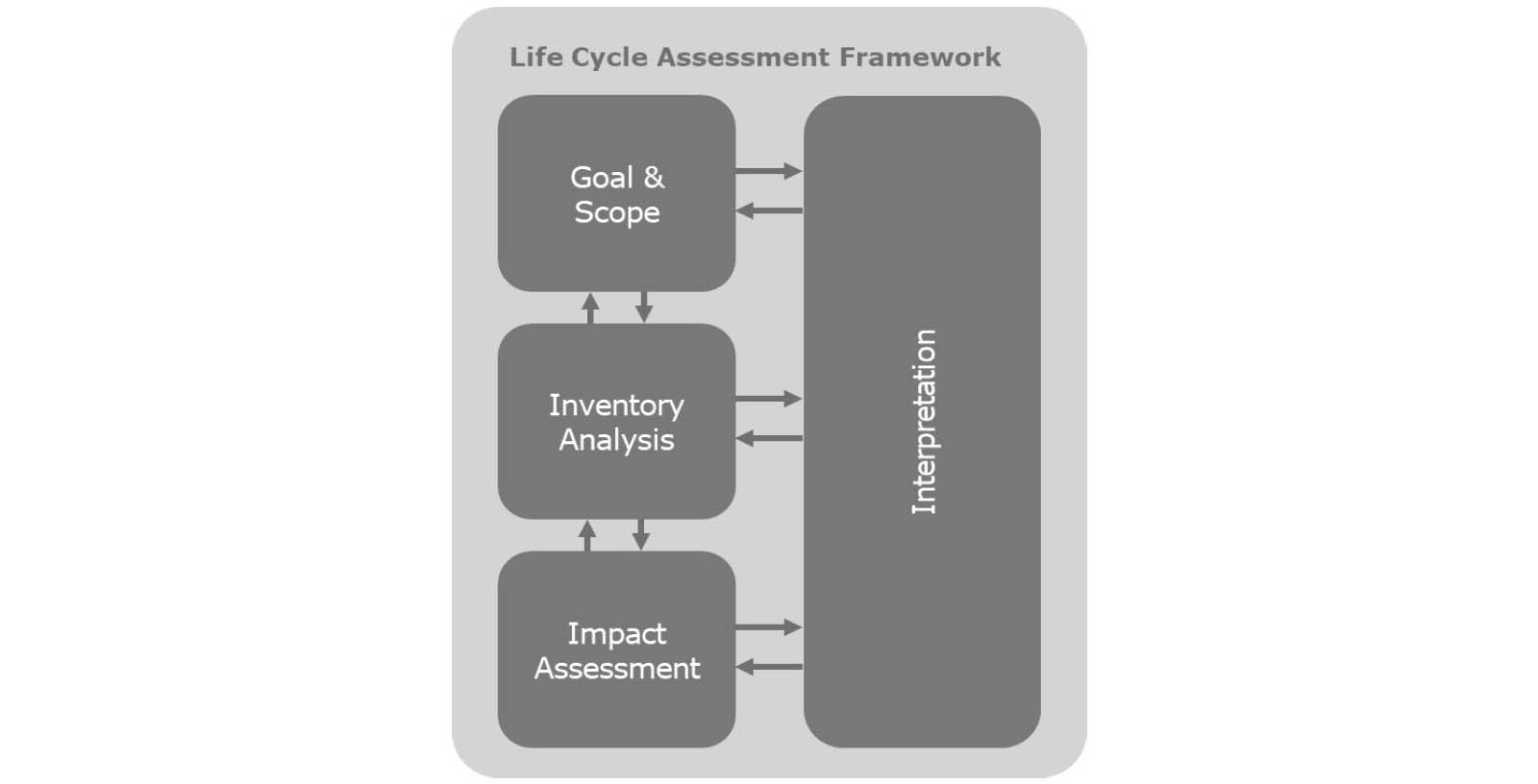
The assessment is conducted by Ramboll Management Consulting, and third party review by TÜV Nord (Dr. Hirtz).
Results
A short summary of the key results that for the non-rechargeable hearing aids, on average, the battery solution (i.e. production, distribution, and disposal batteries) contributes to more than 80% of the total impacts.

For the rechargeable hearing aids, on average, the battery solution (i.e. production, distribution, and disposal batteries) contributes to only about 5% of the total impacts. Electricity demand for charging contributes on average 9%. Main contributors are the electronic devices, i.e. hearing aids and charger unit.

The results clearly show that the relative distribution of environmental impacts differs depending on the hearing aid system. In terms of absolute impacts associated with the respective hearing aid systems, there is an unambiguous environmental advantage for the rechargeable hearing aid solution. Considering the baseline comparison (Table 2.) as well as the sensitivity scenarios (Table 3.), the rechargeable hearing aid solution results in significantly lower environmental impacts in all assessed impact categories. For the baseline comparison, calculated and potential savings over all 18 impact categories range between 42% and 88%; meaning that up to 88% of the impacts (in this case terrestrial ecotoxicity) associated with the non-rechargeable hearing aid can be saved over the assumed lifetime of 5,5 years by using a rechargeable hearing aid solution instead of a non-rechargeable solution (assuming average user behavior).
Table 2. Impact assessment results for the baseline comparison (referring to the functional unit)
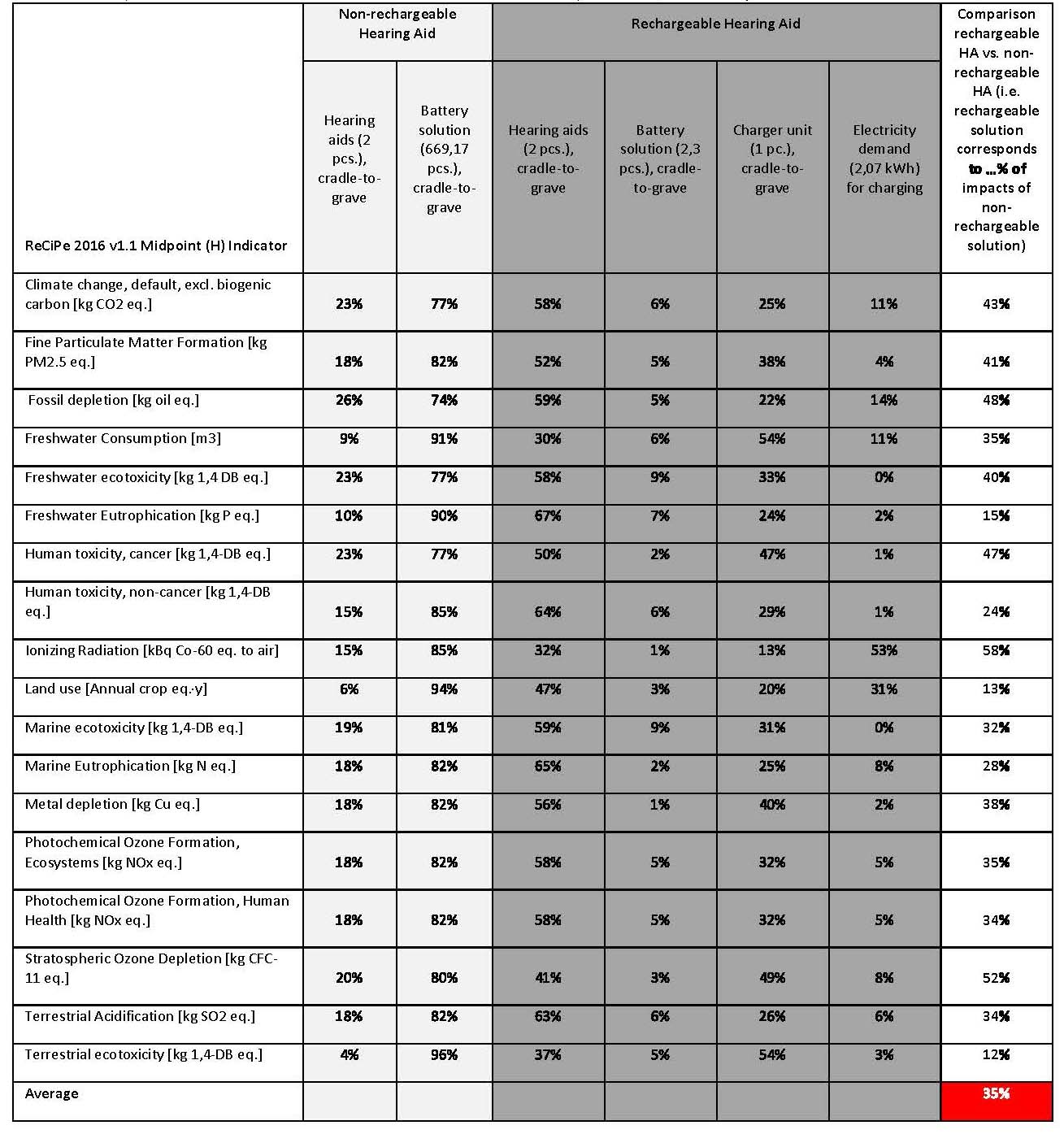
Table 3. Comparative Assertion remains very stable over all assessed Sensitivity Scenarios.
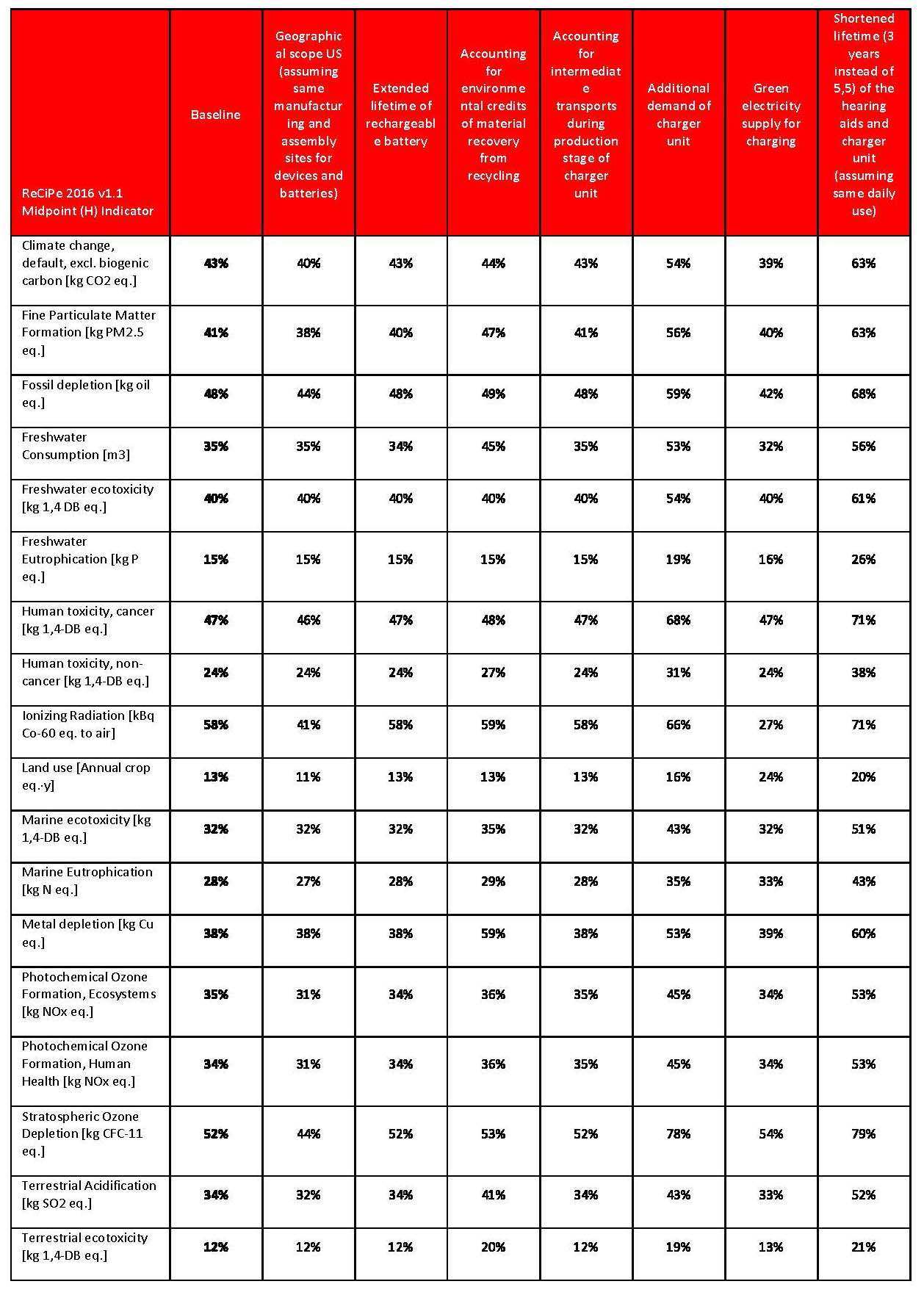
Conclusions
This Life Cycle Assessment analyses the environmental impacts associated with two comparable hearing aid devices of which one device incorporates a non-rechargeable battery and the other a rechargeable battery. The focus has been to determine the impacts of the different battery solutions, including the charging infrastructure for the rechargeable battery. Moreover, these impacts were analyzed in the context of the overall environmental impacts. The key conclusions are:
- The rechargeable hearing aid solution saves environmental impacts in all 18 different categories, including climate change, fine particulate matter formation, fossil depletion, freshwater consumption, freshwater ecotoxicity, freshwater eutrophication, human toxicity, cancer, human toxicity, non-cancer, ionizing radiation, land use, marine ecotoxicity, marine eutrophication, metal depletion, photochemical ozone formation, ecosystems, photochemical ozone formation, human health, stratospheric ozone depletion, terrestrial acidification, and terrestrial ecotoxicity.
- The rechargeable hearing aid solution saves on average 65 % of the impacts of a functionally equivalent non-rechargeable solution. 57% of climate change impacts can potentially be saved by using a rechargeable hearing aid solution instead of a non-rechargeable solution.
- A non-rechargeable hearing aid solution has significantly higher environmental impact compared to a rechargeable solution during the whole life cycle, even when the charging unit and the electricity for charging is considered.
Full test report and data are available on file, property of WSAudiology A/S
